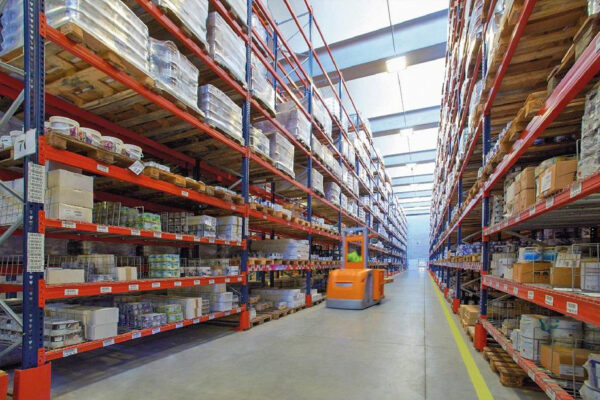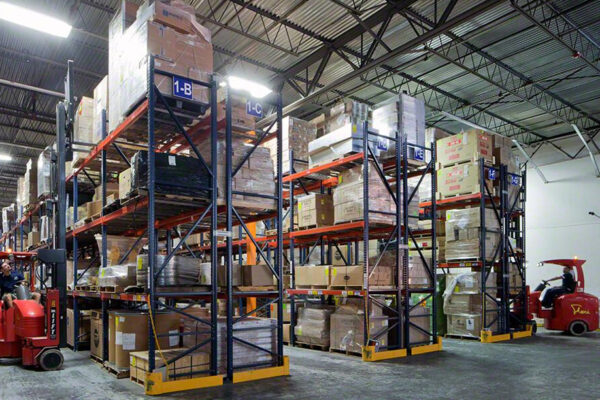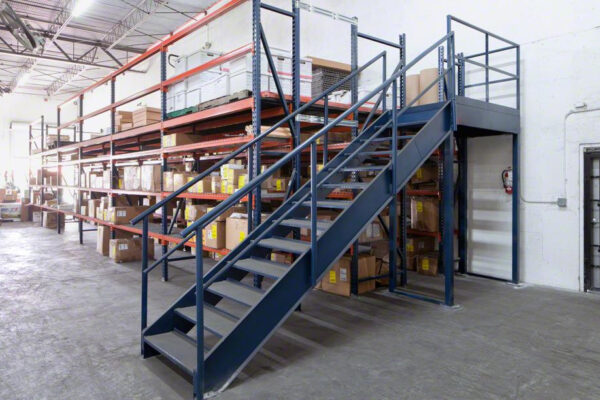Scope
From explosives to soy sauce, one can find a plethora of products stored inside the warehouse of Miami-based freight forwarding company Interworld Freight (IF). The company currently handles 7,000 to 8,000 containers per year, mostly bound for any of some 13 destinations in Central and South America. Interworld Freight’s volume was not quite so high when it started out 28 years ago in Colombia. In fact, the company’s history reads more like the penultimate story of the American dream.


.png)




